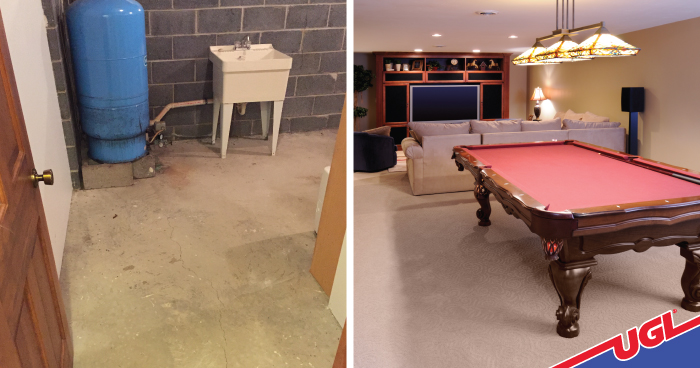
Q. Why should I waterproof my basement?
A. There are two kinds of basements, ones that have already been finished, and ones that – with some elbow grease and a little DRYLOK® – could be transformed into perfectly usable living space. Either way, water intrusion (whether you just feel a bit of dampness or see actual water and its effects) can undermine the structural integrity of your home, ruin your belongings, and promote mold or mildew that can lead to health concerns.
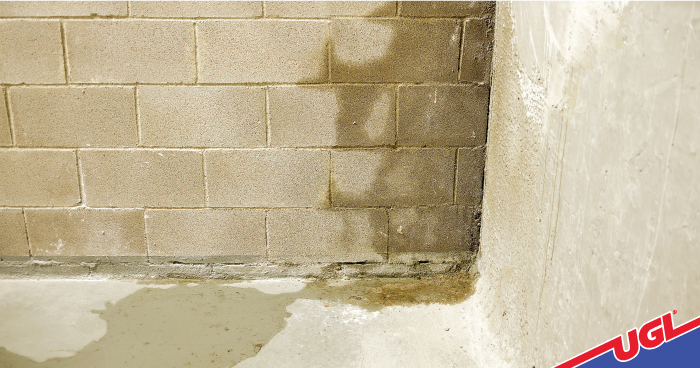
Q. How do I know if my basement needs waterproofing?
A. A few of the more obvious signs include water beading on the walls, puddles, actual flooding, or a persistent, musty odor. As water flowing through masonry follows the path of least resistance, keep an eye out for cracks in the walls or floor. Sometimes, however, the signs of water intrusion are subtle. If you look closely, you might see stains on the floor or walls that appear as dark patches or lines of discoloration, where water has seeped in. When water evaporates, it can also leave behind an unsightly, white, powdery substance called efflorescence. Efflorescence occurs when water migrates through concrete, brick and other masonry, dissolving naturally occurring salts along the way and depositing them on the surface. This residue is a sure sign that moisture is present. If it’s allowed to continue over a long period of time, efflorescence can even weaken the structural strength of the material.
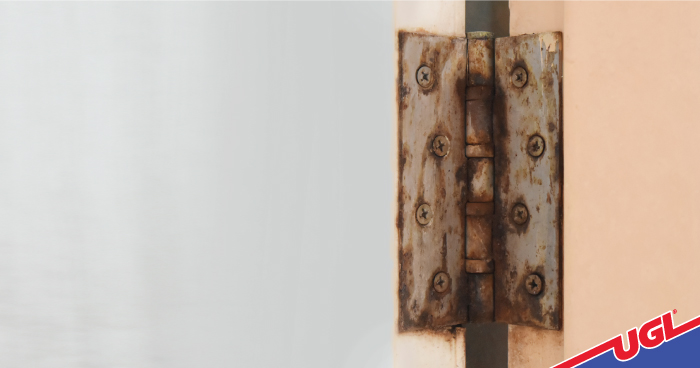
Q. Are there other signs of moisture I could be missing?
A. Occasionally, issues arise that most homeowners don’t immediately attribute to a moisture problem: slight warping of wooden door jambs, sticking doors and windows that become hard to open and close, the appearance of rust on nails or other metal objects – like hinges, or even a sudden influx of insects like centipedes or silverfish.
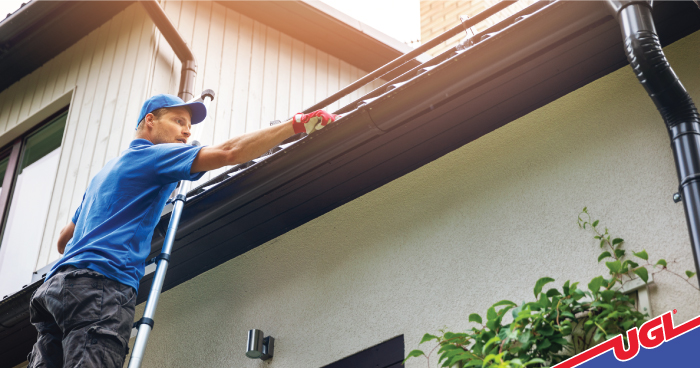
Q. Is there anything else I can do to reduce the chance of moisture in my basement?
A. Yes, waterproofing the inside of the basement is only one piece of the puzzle. It’s also important to keep water away from your foundation. Take steps to reduce the amount of water in the ground around your home by keeping your gutters clean and making sure downspouts route the water far away from the house. Check on spreading ground cover to see if it’s crept up to the foundation – you don’t want it trapping moisture against the house. Along the same lines, remove any fall leaves that have piled up against the foundation – they will also retain moisture and could contribute to potential problems. Finally, keep an eye on how water flows all around your property, remembering that it can change over time due to erosion, landscape maturation, and hardscape deterioration.
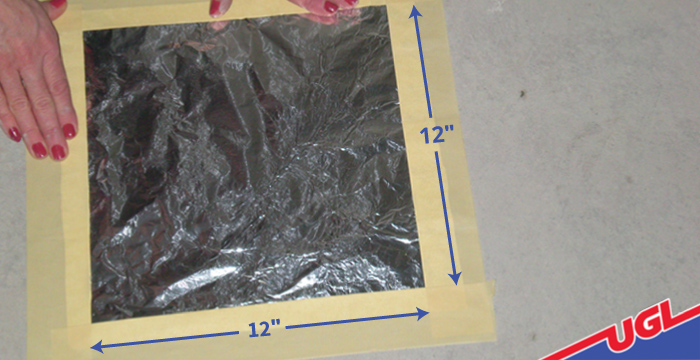
Q. How do I know if the moisture is from water seepage or condensation?
A. The air in our homes contains a level of moisture, or humidity, all the time. If there’s too much moisture in the air, it will reach a saturation point and begin depositing droplets on various surfaces — this is called condensation. If you have a condensation problem, running a dehumidifier is typically the best solution. If you have a problem with water intrusion, that’s a different story. To find out which type of moisture issue you’re dealing with, perform this simple test. Tape a 12″ x 12″ piece of aluminum foil to your floor or wall. After 24 hours, peel the foil away from the surface. If the exposed side of the foil is wet, it’s condensation. If the wall side is wet, you’ve got water seepage. If it appears both conditions are occurring simultaneously, start running a dehumidifier and continue with your waterproofing plans.
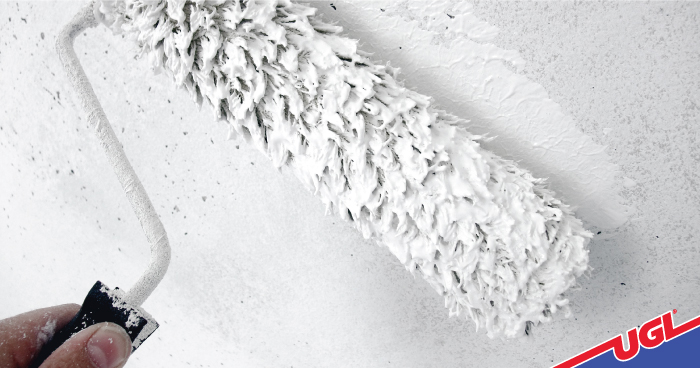
Q. Why should I use a DRYLOK® Waterproofer instead of a sealer?
A. Permeable in nature, sealers prevent water from entering masonry surfaces while still allowing internal moisture vapor to escape. A good example is when you seal a brick chimney to protect it from rain and snow. DRYLOK® Waterproofers work differently. They actually penetrate pores and pinholes in the surface, bonding with masonry to create an impenetrable barrier that protects you, your possessions, and your home from any water and moisture vapor that could come through the masonry.
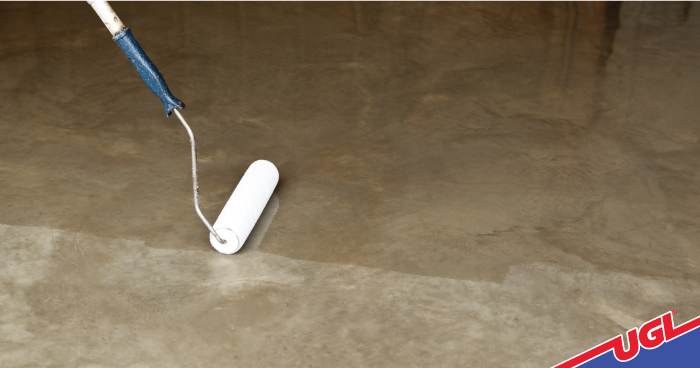
Q. Can I use the same DRYLOK® Waterproofer on the walls and the floor?
A. No. While DRYLOK® is available in multiple formulations that perform beautifully on vertical surfaces (Latex Base DRYLOK® Masonry Waterproofer, DRYLOK® Extreme Masonry Waterproofer, Oil Base DRYLOK® Masonry Waterproofer, and DRYLOK® Powdered Masonry Waterproofer), only DRYLOK® Clear Masonry Waterproofer is approved for use on walls and floors. If you’d prefer color over the appearance of bare concrete, simply topcoat DRYLOK® Clear with a quality latex floor paint. If you’re planning to install vinyl, tile, hardwood, or carpet, you can use DRYLOK® Clear as a waterproofing primer.
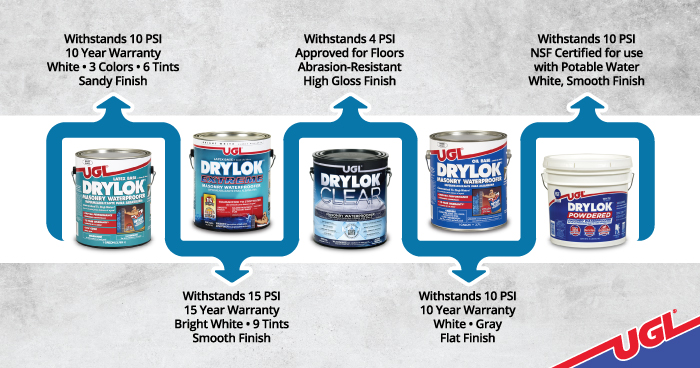
Q. Which DRYLOK® Waterproofer should I use?
A. There are five different DRYLOK® formulations, each with their own unique properties, colors, and finishes: Latex Base DRYLOK® Masonry Waterproofer (10 Year Warranty), DRYLOK® Extreme Masonry Waterproofer (15 Year Warranty), Oil Base DRYLOK® Masonry Waterproofer (10 Year Warranty), DRYLOK® Powdered Masonry Waterproofer, and DRYLOK® Clear Masonry Waterproofer. For a smooth, bright white surface, choose Green Wise® certified Extreme. If you prefer a sandy, off-white finish, go with original Latex. Do your homework and be sure to choose the formula that best meets your individual needs. If you’d appreciate some guidance, call 1−800−272−3235 to speak with Customer Service. We’d be happy to answer your questions and point you in the right direction.
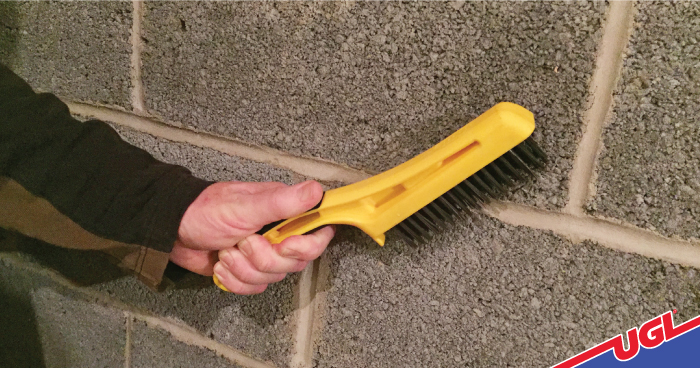
Q. How do I properly prep the masonry surface?
A. For the best possible adhesion, the surface should be clean and dry. Be sure to follow surface preparation instructions on the can. Efflorescence should also be treated, but you’ll need more than soap and water to get it off the wall. Since efflorescence is an alkali salt, remove it with liquid or powder DRYLOK® Etch or muriatic acid, paying close attention to usage and safety guidelines.
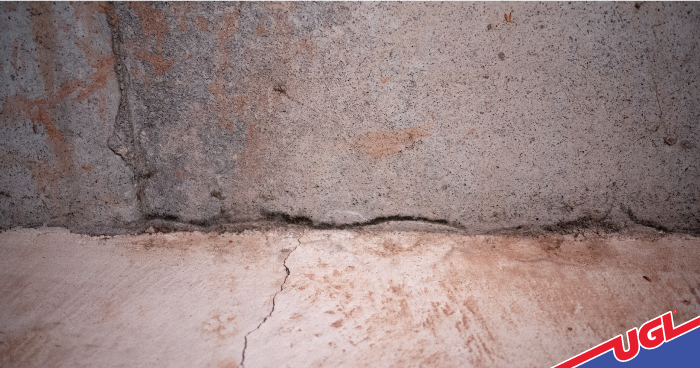
Q. What if the masonry is damaged?
A. Repair it! After the surface is prepped, use a quick-setting cement like DRYLOK® Fast Plug® to patch any apparent cracks or holes (it dries in just 3 – 5 minutes). To quickly and easily spot tiny cracks and fractures, lightly brush the surface with water and imperfections will become more visible. Also, carefully inspect all the joints — where the walls meet the floor, the ceiling, or other walls — as that’s where the most stress occurs and cracks are more likely to form.
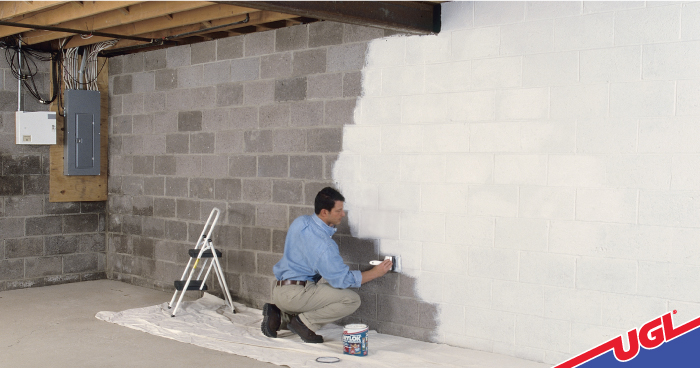
Q. Do you have any helpful tips on how to apply DRYLOK® Waterproofer?
A. Use a high-quality brush with synthetic bristles, preferably one like our DRYLOK® Brush that’s specially designed to carry heavy-bodied coatings. And remember, since the waterproofer needs to penetrate every pore and pinhole, you’ll want to load the brush with plenty of product and really work it into those nooks and crannies. After you’ve applied the first coat, let it dry, then do it again. For the second coat, you can use a brush or a sprayer, but if you’re looking for a smoother, more even appearance, grab a roller instead. Remember, always follow the application instructions on the can. To qualify for warranty protection, you must apply at least two coats. After it dries, if you find yourself in decorator mode, you can always topcoat the surface with a good quality latex paint or give it a distinctive look using ZAR® Multi-Surface Oil Based Stain and a textured roller.


